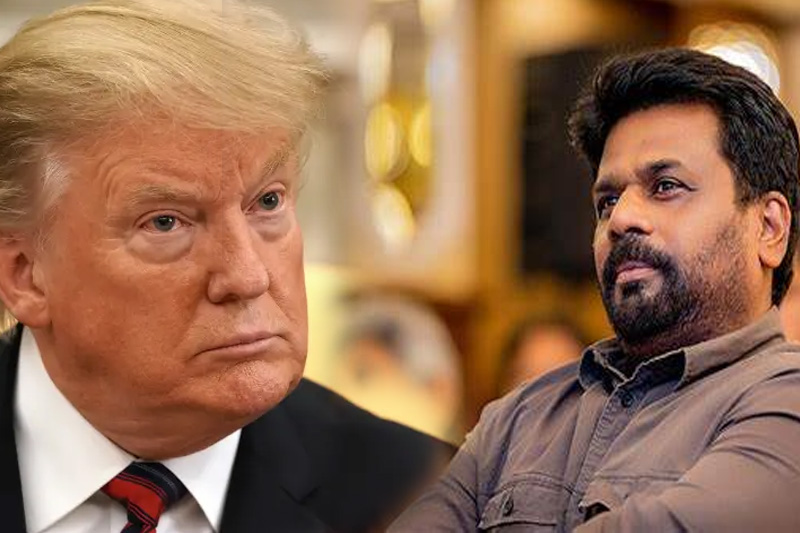
Trump’s Decision of imposing high Tariffs Shocks, SL Government to Respond Urgently
- CNL Reporter
- April 5, 2025
- Weekly Economic Review
- Trump, Weekly Economic report
- 0 Comments
Weekly Economic report
US President Donald Trump’s decision to slap a high 44% tariff on Sri Lankan products yesterday terrorised the country’s private sector and analysts who issued severe warnings prompting the Government to take immediate action.
On 2 April, Trump announced a minimum of 10% reciprocal tariff on all imports to the USA effective from 9 April 2025. These new reciprocal tariffs are set to be implemented in addition to the tariffs already signed by Donald Trump in March 2025.
Accordingly, Sri Lanka was imposed with a 44% reciprocal tariff, primarily due to the barriers and import tariffs imposed on USA imports by Sri Lanka has been estimated to be at 88%. The USA remains the largest export market for Sri Lanka, accounting for 27% ($ 3 billion) of the total manufactured exports ($ 12.8 billion) as of 2024.
Out of which Textile and Apparel exports accounted for 64% of the total exports to the USA. The significant tariff was due to the trade imbalance between Sri Lanka and the USA, which accounted for a trade deficit of $ 2.6 billion as of 2024.
Through this implementation, Sri Lanka finds its way into the top 10 highest countries with reciprocal tariffs. Sri Lanka was also the highest affected in the South Asian region, whereas neighbouring countries like India and Bangladesh were imposed with tariffs of 27% and 37%, respectively, depicting a competitive disadvantage of Sri Lankan exports to the USA.
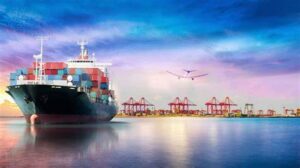
The Government announced plans to urgently negotiate with the US over the steep 44% tariff on Sri Lankan exports under its Reciprocal Tariff Policy, set to take effect on 9 April.
Making a statement, Economic Development Deputy Minister Prof. Anil Jayantha Fernando acknowledged that while the Government was aware of the possibility of increased tariffs, it had waited for the official US policy before formulating a response.
“This move is not something exclusive for Sri Lanka, but a broader trade policy introduced by the US Government,” he pointed out.
Prof. Fernando assured that the Government has already held internal discussions and is preparing to present its case to US authorities, emphasising the country’s economic recovery efforts and its ongoing cooperation with the International Monetary Fund (IMF).

“If the US follows a strict global policy on reciprocal tariffs and we do not have the opportunity to renegotiate the terms, we will explore alternative options,” he added.
The Deputy Minister said one potential strategy involves leveraging the GSP+ preferential tariff system, which provides reduced duties for developing nations exporting to key markets.
“We intend to engage with the US diplomatic discussions immediately to build a long-term trade partnership that benefits both countries,” he stressed.
President Trump’s executive order justified that 44% tariff as a reciprocal measure against what he described as 88% on taxes and trade barriers imposed by Sri Lanka on US goods.
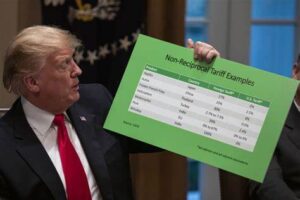
However, Prof. Fernando said the accuracy of this figure must be verified through detailed trade analysis. “If a country imports more than it exports, that will create a trade deficit,” Fernando explained. “For example, Sri Lanka exports around $ 3 billion worth of goods to the US while we import only $ 300 million worth of US products. This trade deficit benefits Sri Lanka, and any disruption will have serious economic consequences.”
The US remains Sri Lanka’s largest export destination, accounting for 23% of total merchandise exports. The apparel sector — the backbone of Sri Lanka’s export economy — is expected to be among the hardest hit, alongside food and agricultural products.
The Ceylon Chamber of Commerce yesterday expressed deep concern over the impact from Trump’s move and suggested immediate action. Biggest victim, the apparel industry too expressed concern.
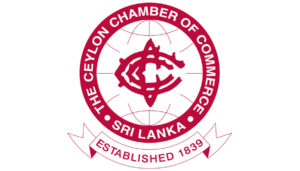
The National Chamber of Exporters of Sri Lanka (NCE) has urged the Indian government to provide duty-free access to Sri Lankan goods for a five-year period, a move it believes would significantly support the island nation’s struggling export sector and broader economic recovery.
This appeal comes ahead of Indian Prime Minister Narendra Modi’s official visit to Sri Lanka. In a statement released yesterday, the NCE emphasized that such a concession would have minimal impact on India’s vast economy, given Sri Lanka’s relatively small $16.5 billion export basket compared to India’s $3.8 trillion GDP. The Chamber argued that India’s granting of duty-free access and reduction of non-tariff barriers would demonstrate meaningful support without imposing a major economic burden.
The NCE stressed that this request aligns with India’s broader trade strategy, as the country is actively seeking duty-free access for its own exports in numerous international markets. Given the longstanding, multifaceted relationship between the two nations, the Chamber expressed confidence that India would consider the request in a positive light—especially during this critical phase of Sri Lanka’s recovery
On his part, President Anura Kumara Disanayake got cracking itself to deal with the threat posed by Trump’s move appointing in the morning a top level committee to assess the impact and suggest remedial action and chairing a meetingthis week .
Economic analyst Michael Jayawardana in a special report said the short-term pain for sectors like apparel, rubber, and tea is acute, factories may slow or shutter, jobs are at risk, and foreign exchange earnings could dwindle. According to him sectors directly impacted include apparel and textiles, rubber and industrial products, agriculture and food; and logistics and shipping.
The Colombo stock market slipped by over 2% as investors reacted negatively to Trump’s tariff move. CT CLSA Securities said companies such as MGT, TJL, HAYL, DIPD, HAYC, and HELA are expected to be affected by the tariff revision due to their significant exposure to the USA market.

Sri Lanka has to take a new approach to trade, fostering regional trade, an analyst has said, after the island nation was hit by a 44 percent tariff on goods exported to the US.
“Sri Lanka has to take a new approach to trade, focusing on regional trade partnerships and openness to trade,” Economist and director at Arutha Research Rehana Thowfeek said
“It should have diversified its export basket and destinations a long time ago, it cannot be done overnight.”
There were many free trade agreements Sri Lanka had not implemented properly, and many trade negotiations which had stalled, Thowfeek said.Sri Lanka must now look to diversifying both its export basket as well as its export destinations.
“We can look for different markets for the products we already produce or we can produce new products for new markets, both of which are easier said than done.”“Pivoting to different markets is difficult. As 25% of Sri Lanka’s exports go to the US you can expect quite a significant reduction in export revenues this year, assuming the new tariff structure prevails.”
Focusing on regional trade agreements is important. “India is a close regional ally and has immense potential for Sri Lankan exports.“South Asia and South East Asia in general should be a focus for Sri Lanka in the future.”
However, Sri Lanka has a highly complex and protectionist tariff structure which hinders trade. “As a result, exports as a percentage of GDP has stagnated, and trade has been declining in Sri Lanka.”The country has a complicated tariff structure with many para tariffs.
It also has high tariffs on many imported products which impact competitiveness of imports.Successive governments, egged on by protectionist big businessmen and a farming lobby, have discouraged imports claiming to protect domestic industries.
The National Chamber of Commerce of Sri Lanka hosted a round table discussion focusing on enhancing trade, commerce and banking cooperation between Russia and Sri Lanka. The event brought together high-ranking officials and business leaders from both countries to explore new opportunities for economic collaboration.
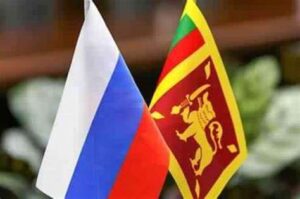
The Russian delegation, set to continue its visit for another two days, represents a wide range of industries, including banking and finance, engineering and construction, import/export goods, high-tech industrial machinery, manpower, and trade. Their presence provides Sri Lankan businesses with a valuable opportunity to establish direct connections and expand their reach into the Russian market.
During the event, Russian Ambassador Levan Dzhagaryan highlighted both the opportunities and challenges in fostering stronger economic ties between the two nations. He acknowledged that many businesses are eager to enhance trade relations with Russia but remain wary of secondary sanctions.
“There are a lot of businessmen who would like to have very good trade relations, trade cooperation with the Russian Federation, but they are afraid to be subjected to secondary sanctions,” said Dzhagaryan on the margins of the Russia-Sri Lanka business forum.
Despite these concerns, Dzhagaryan expressed hope for positive geopolitical developments that could gradually improve trade conditions. “We are now in a new geopolitical situation. Hopefully, we will have very good dialogue with the current American administration, which will give us the possibility to open the window of possibilities step by step,” he added.

